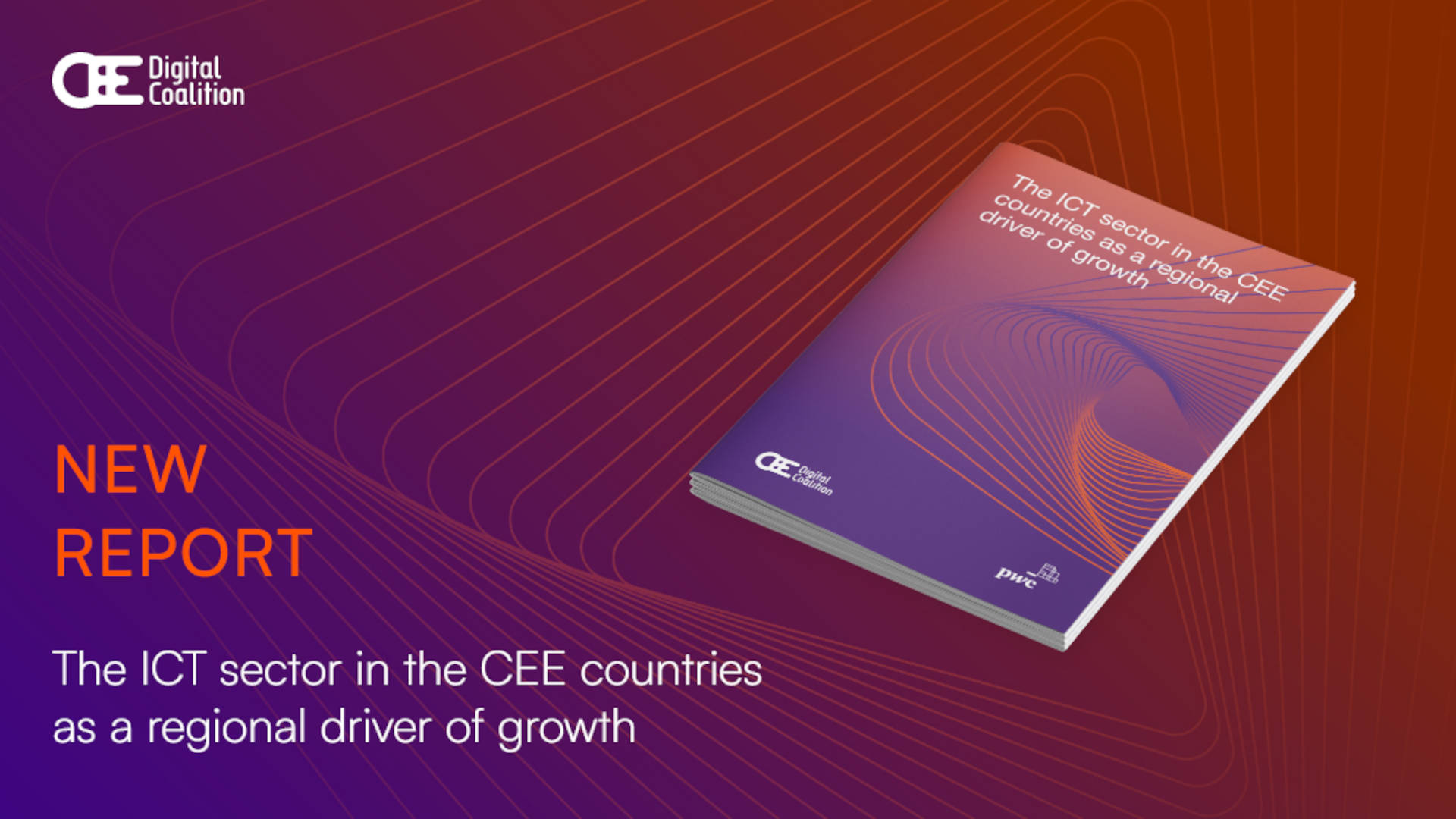Central Eastern European countries have the potential to create EU’s silicon valley - report by PwC and CEE Digital Coalition says

Central Eastern European (CEE) countries have the resources and potential to strengthen and develop the ICT sector and become the EU’s digital hub – according to the latest report by PwC and the CEE Digital Coalition. The authors of the analysis emphasize that in many digital areas, the countries of this region fare much better than those in Western Europe: in percentage terms, there are more companies operating in the digital sector and more people employed in it in CEE. The countries of Central and Eastern Europe are also spending more and more on research and technological development. Experts emphasize that artificial intelligence and the growing demand for cybersecurity solutions and services will be the driving force of the region in the coming years.
Can CEE assume the position at the tip of the spear of technological development in the EU? It just may happen – there are 4,35 enterprises in the ICT sector per 1000 inhabitants in the region, compared to 2,13 in Western European countries. Exports of commercial ICT services have increased in all CEE economies more than six-fold between 2005 and 2021. These findings appear to reflect the innovativeness and eagerness to develop own, proprietary solutions on a major scale in CEE – according to the analysis conducted in 11 countries by PwC in cooperation with experts at CEE Digital Coalition. The research was published in the latest „The ICT sector in the CEE countries as a regional driver of growth” report, launched during the Three Seas Summit & Business Forum in Vilnius, Lithuania on April 11th.
– We are witnessing highly entrepreneurial attitudes in Central Eastern Europe, a digital optimism of sorts. Countries of the region have a significant pool of talented ICT specialists to tap into, driving technological industry leaders to set up their production plants and R&D centers right here. This is backed up by a robust, continuously developing digital infrastructure. Investments in high-speed internet connection, cloud solutions and data centers stand out in this area, while digital solutions are being developed and adopted at a steady rate as well. These factors lead to the region’s ICT sector to grow at an increasing rate and stand a chance of becoming the European digital powerhouse - comments Paweł Oleszczuk, PhD, Deputy Director at Public Sector & Economics Advisory team at PwC Poland, one of the Report’s authors.
Digital transformation of enterprises and improving digital competence pose a challenge
There are some obstacles in the way. In order to capture the opportunity presented, countries of CEE have to address some challenges – the report states. These include digital transformation of enterprises and public administration. The region is still lagging behind their western peers in this aspect. To put things in perspective, the share of companies utilizing advanced cloud solutions in their daily operations is 14 percent higher in Western Europe compared to CEE (39,7 percent compared to 53,5 percent). Central Eastern European companies also perform worse in terms of e-commerce sales and big data use.
Improving the level of digital competences, especially among the young people entering the job market, is also vital for progress. The Report by PwC and CEE Digital Coalition points out that the share of citizens equipped with at least basic digital skills is higher than the EU average in just four CEE countries. These are: Croatia, Czech Republic, Estonia, and Slovakia. This issue – experts believe – is a growing problem. Education of sufficient pool of specialists does not keep up with the pace of ICT sector growth – there is a shortage of robotic engineers and operators and cybersecurity specialists. A lower ICT productivity of enterprises compared to Western Europe is also an issue – the analysis by PwC shows.
Experts also highlight the significance of R&D expenditure in Central Eastern Europe. Expenses in the field are growing every year but are still below the EU average. Slovakia enjoys the highest share of R&D spending in the region (2,11 percent of GDP), with Czech Republic and Estonia also ranking high (more than 1,5 percent of GDP). While Poland ranks somewhere in the middle of the stake, Romania comes in last with just 0,46 percent of GDP in R&D expenditure.
Solutions and opportunities for digital Central Eastern Europe
According to authors of the Report, establishing specific priorities and coordinating activity in the field of technology at the regional level are vital. Countries of the region should also support development of start-ups and SMEs, while building a regulatory environment fostering investments of global companies. Expert also note the need for close cooperation between the public and private sector necessary to better align the regulatory solutions with business’ needs.
PwC and CEE Digital Coalition experts have also identified three technological trends, which will drive growth of the digital economy of Central and Eastern Europe. The first one is artificial intelligence. According to the Report's authors, if properly supported, AI technology can increase productivity in this region, revolutionizing the labor market and contributing to the creation of new jobs. The second trend that will influence the digital development of Central and Eastern Europe is the growing adoption of cloud solutions - PwC research shows that as many as 87 percent of entrepreneurs operating in this region, not currently using such solutions, will move part of their activities to the cloud in the next 2 years, which is prognosed to boost their competitiveness.
The ever-higher importance of cybersecurity will also have an impact on the development of the region's digital economy. Experts predict an increased demand for security services, including data authentication. This, in turn, will drive the growth of companies from this sector operating in Central and Eastern European countries.
Read the full report here